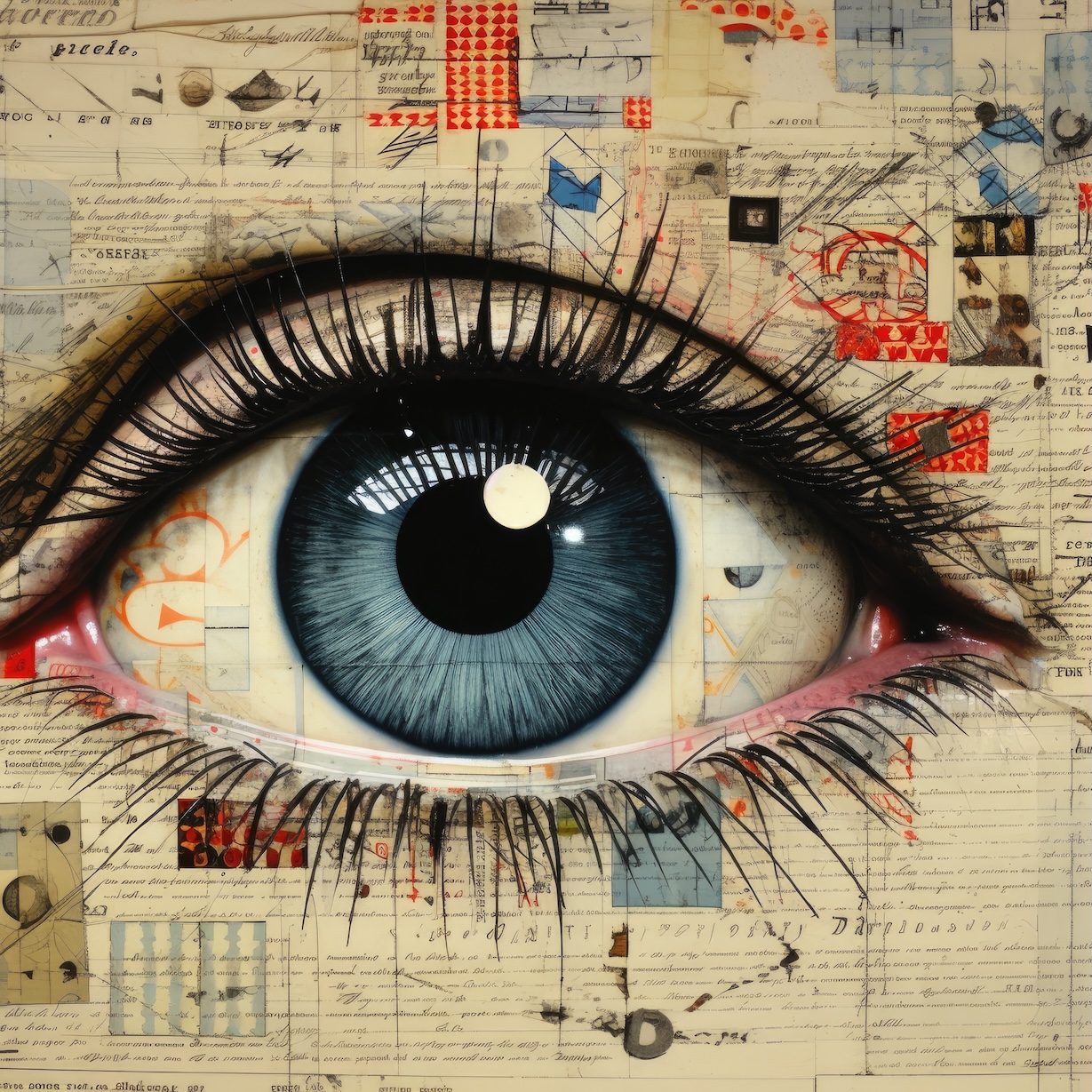
WHAT IS VISUAL COMMUNICATION?
In today’s digital age, visual communication has become increasingly important due to the widespread use of digital media platforms and the shorter attention spans of audiences. It plays a crucial role in capturing attention, engaging viewers, and conveying messages quickly and effectively.
With the advancement of technology, visual communication has expanded its reach through various digital mediums, including websites, social media, mobile applications, and interactive multimedia presentations.
Visual communication refers to the use of visual elements, such as images, symbols, colours, typography, and layout, to convey information, ideas, or messages. It is a form of communication that relies heavily on visual aids and design principles to effectively convey meaning. Visual communication can take various forms, including graphic design, photography, illustration, animation, video production, and even the use of visual aids in presentations and public speaking.
The purpose of visual communication is to enhance the understanding and retention of information by presenting it in a visually appealing and accessible manner. By combining text, images, and other visual elements, it can simplify complex concepts, evoke emotions, create a visual hierarchy, and guide the viewer’s attention to important details. Visual communication is widely used in advertising, marketing, branding, user interface design, educational materials, journalism, and many other fields where effective communication is essential.
Overall, visual communication is a powerful tool that combines the art of design with the science of communication to deliver information, ideas, and messages in a visually compelling and impactful way.

Careers in Visual Communication
A career in visual communication offers a range of opportunities for individuals who are passionate about using visual elements to communicate ideas and messages. Here are some potential career paths within visual communication:
1. Graphic Designer:
Graphic designers create visual designs for a variety of mediums, including print, digital media, advertising, branding, packaging, and more. They use their creativity and technical skills to develop visually appealing and effective designs that communicate a specific message or concept.
2. User Experience (UX) Designer:
UX designers focus on creating intuitive and user-friendly experiences in digital products and services. They use visual communication principles to design interfaces, wireframes, and prototypes that enhance user interaction and satisfaction.
3. Art Director:
Art directors are responsible for overseeing the visual elements of a project, such as advertising campaigns, magazines, films, or websites. They guide and coordinate the work of a team of designers and ensure that the visual communication aligns with the overall vision and goals.
4. Web Designer/Developer:
Web designers combine visual design skills with coding expertise to create attractive and functional websites. They use their knowledge of layout, typography, colour, and user experience to design and build visually engaging and user-friendly websites.
5. Illustrator:
Illustrators create visual representations and interpretations of concepts, stories, or ideas. They work in various industries, such as publishing, advertising, animation, and digital media, to create illustrations that effectively communicate messages and evoke emotions.
6. Motion Graphics Designer:
Motion graphics designers specialise in creating animated visual content for videos, films, commercials, and digital platforms. They use visual communication techniques, animation software, and storytelling skills to bring designs to life and convey messages through motion.
7. Branding Specialist:
Branding specialists focus on creating and maintaining a cohesive visual identity for a brand. They develop visual strategies, design logos, select colour palettes, and create brand guidelines to ensure consistent and effective visual communication across various channels.
8. Visual Content Creator:
With the rise of social media and digital marketing, there is a growing demand for visual content creators. They produce engaging visuals, such as infographics, social media graphics, videos, and photography, to communicate messages and engage audiences effectively.
These are just a few examples of career paths within visual communication. Depending on your interests and skills, you can explore other related roles such as packaging designer, UI designer, creative director, exhibition designer, and more. Building a strong portfolio, gaining practical experience, and staying updated with industry trends and software tools can help you succeed in a visual communication career.
If you’re looking to sharpen and focus on your visual communication skills and build your portfolio, no matter what your level, there’s a course for it a Creative Design School.
The Creative Design School stands at the forefront of visual communication and graphic design education, offering a comprehensive array of online courses tailored for everyone from beginners to seasoned professionals.
Emphasising practical skills and innovative techniques, the school provides a robust curriculum designed to foster creativity and technical proficiency. Students benefit from expert-led tutorials, interactive assignments, and real-world projects that equip them with the essential tools and knowledge to excel in the competitive design industry.
Whether you’re just starting your journey or looking to refine your expertise, the Creative Design School delivers unparalleled instruction and support, ensuring you achieve your creative potential.
Check out our full course list below
COMPLETE COURSES LIST 2024 - 2025
SCHOOL OF GRAPHIC DESIGN
Graphic Design for Beginners Level 1
Graphic Design Level 2
Advanced Graphic Design Level 3
SPECIALIST DESIGN COURSES LEVEL 4
Advertising Design Level 4
Brand & Corporate ID Design Level 4
Packaging Design Level 4
Visual Communication Level 4
PROFESSIONAL + BUSINESS COURSES LEVEL 5
Creative Thinking & Process Techniques PL5
Creative Team Building PL5
SCHOOL OF TEXTILE DESIGN
Textile Design for Beginners Level 1
Textile Design Level 2
SHORT COURSES + WORKSHOPS
Introduction to Graphic Design Short Course
Logo Design Short Course
Creative Thinking Short Course
Become a Freelancer Short Course
Digital Illustration for Beginners Short Course
